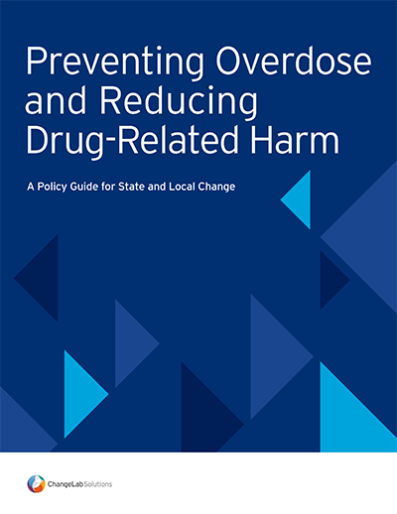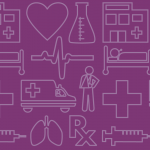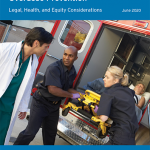Preventing Overdose & Reducing Drug-Related Harm
Policy & implementation guides for state & local change
In the face of unprecedented increases in US overdose deaths, state and local decision makers can take powerful action to save lives in their communities. Many drug overdoses can be prevented by ensuring that people who use drugs have access to vital harm reduction tools, effective treatment, and resources — like stable housing, income, and health care — to mitigate underlying conditions that exacerbate risk of drug-related harm.
Our guides offer a range of evidence-based policy strategies and a roadmap to policy implementation that can advance equity and prioritize care over punishment for people who use drugs. The strategies are intended to support state and local decision makers, government agency staff, public health practitioners, and community members in considering policies to prevent overdose and reduce other drug-related harm in their communities.
Preventing Overdose and Reducing Drug-Related Harm: A Policy Guide for State and Local Change
This guide presents 11 policy strategies that were selected for their potential to save lives, advance health equity, and be feasibly implemented at state, local, and institutional levels — including schools and health care systems. The strategies are supported by peer-reviewed evidence and backed by experts in the field.
Implementing State and Local Overdose Prevention Policies: A Resource for Navigating the Policy Process
This resource, created in partnership with the Network for Public Health Law, offers guidance on the policymaking process to help ensure that overdose prevention policies are equitably developed and implemented. Community changemakers can use this guide to translate intention into enacted policy that responds effectively to community needs.



